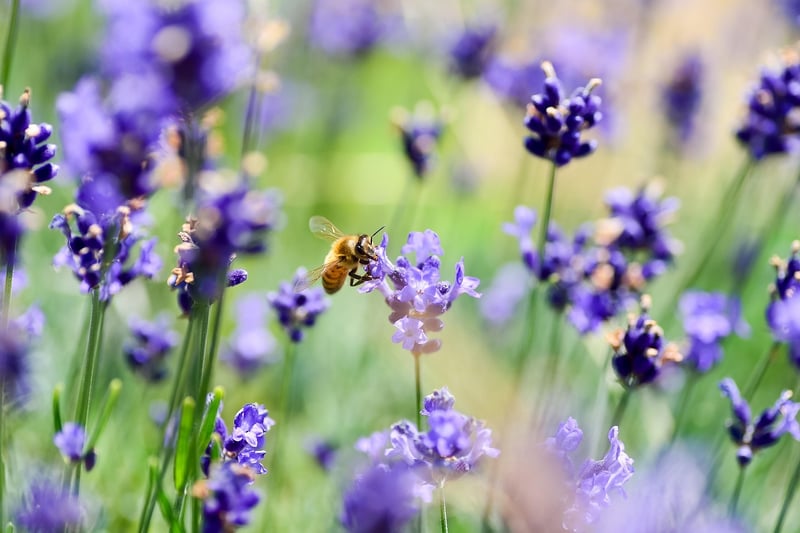Pollinator Haven
Eco-Friendly Gardening Practices in Urban Areas
Urban gardening is a growing trend that not only beautifies our cities but also promotes sustainability and biodiversity. By incorporating eco-friendly practices into your urban garden, you can create a thriving ecosystem that benefits both the environment and the community. One essential aspect of eco-friendly gardening is creating a pollinator haven to support the declining bee and butterfly populations.
Benefits of Eco-Friendly Urban Gardening
- Reduces carbon footprint
- Improves air quality
- Promotes biodiversity
- Creates green spaces in urban areas
- Provides fresh produce
Creating a Pollinator Haven
Pollinators such as bees and butterflies play a crucial role in the ecosystem by helping plants reproduce. To attract and support these pollinators in your urban garden, consider the following practices:
- Plant native flowers: Choose a variety of native flowers that provide nectar and pollen for pollinators.
- Avoid pesticides: Use natural pest control methods to protect pollinators from harmful chemicals.
- Provide water sources: Place shallow dishes of water or create a small water feature for pollinators to drink from.
- Create habitat: Leave some areas of your garden wild to provide shelter and nesting sites for pollinators.
Examples of Pollinator-Friendly Plants
Here are some examples of plants that attract pollinators and can thrive in urban gardens:
- Lavender
- Salvia
- Coneflowers
- Butterfly bush
- Coreopsis

Get Involved in Urban Gardening
Join community garden projects, attend workshops on sustainable gardening practices, and spread awareness about the importance of eco-friendly gardening in urban areas. Together, we can create a greener, healthier environment for all.
Start your eco-friendly urban garden today and make a positive impact on the planet!
